COAL HARD FACTS
Solar-powered house in Soweto shines a light on an obvious solution to electricity woes
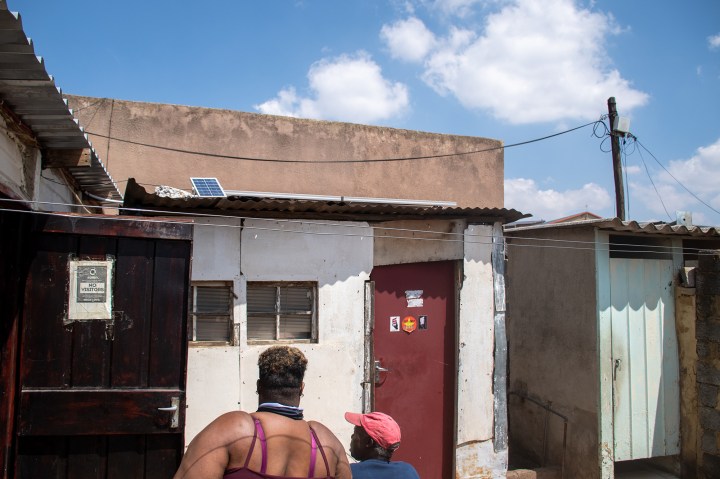
Renewable energy is proven to be cheaper, better for job creation and, of course, better for the environment than coal. In a place like Soweto, steeped in debt and ever-increasing electricity prices, renewable energy could be a much-needed lifeline. So why aren’t we implementing what is a clear solution?
Cleopatra Shezi (37) has lived in Soweto her whole life.
She is an integral part of her tight-knit community in Diepkloof, and when she walks down the street every person walking back from the shops or chatting to their neighbour stops to say hello.
But now Shezi has something that sets her apart from her community.
A few months ago, solar panels were installed on her roof, making her immune to the regular power cuts and ever-increasing tariffs her neighbours endure.
Soweto has a history steeped in electricity issues, from increasing and unaffordable prices, to load reduction, cable theft and subsequent debt, coming in at more than R7-billion (and that’s excluding the R5-billion in accumulated interest.)
Read this Daily Maverick article for context on the Soweto electricity crisis: Government needs to act on Eskom and Soweto residents’ debt duel.
Shezi is part of the Climate Justice Coalition’s Green New Eskom Campaign, which is demanding the rapid and just transition from coal to a more socially owned, clean and affordable, renewable energy-powered economy.

The recently installed solar-powered electricity system in Cleopatra Shezi’s Soweto home. (Photo: Julia Evans)
Shezi became involved in climate activism after attending an event held by Greenpeace and learning about the link between Soweto’s electricity struggles and the climate crisis.
As an active member of her community (she also serves on her neighbourhood’s informal community group), Shezi informs residents about the benefits of renewable energy and the severity of the climate crisis.
“In order to make them understand I had to link their struggle and what affects them immediately with what is happening with Green New Eskom.”
New research has shown that informal settlements are hit hardest by extreme events, which have increased in magnitude and frequency due to climate change. Additionally, global heating, accelerated by burning fossil fuel, will put our water and food security at risk.
A local solar panel installation contractor and fellow climate justice activist paid for Shezi’s solar panels, and since their installation people in her community have started seeing the benefit of a green future.
“Most of the people, when I was telling them about solar, biomass and other things, they were saying, ‘ahh wena, you are watching too much movies!’… up until reality comes,” she recalls.
“When Sonny [fellow climate activist] was installing this solar, people were coming to check, and saying let’s switch off a main switch and see if she is using it. And I said, wait until there is no energy in the entire community, and you come, at my place you will see that my fridge will be on, my TV will be on, my radio will be on, my life will be normal.”
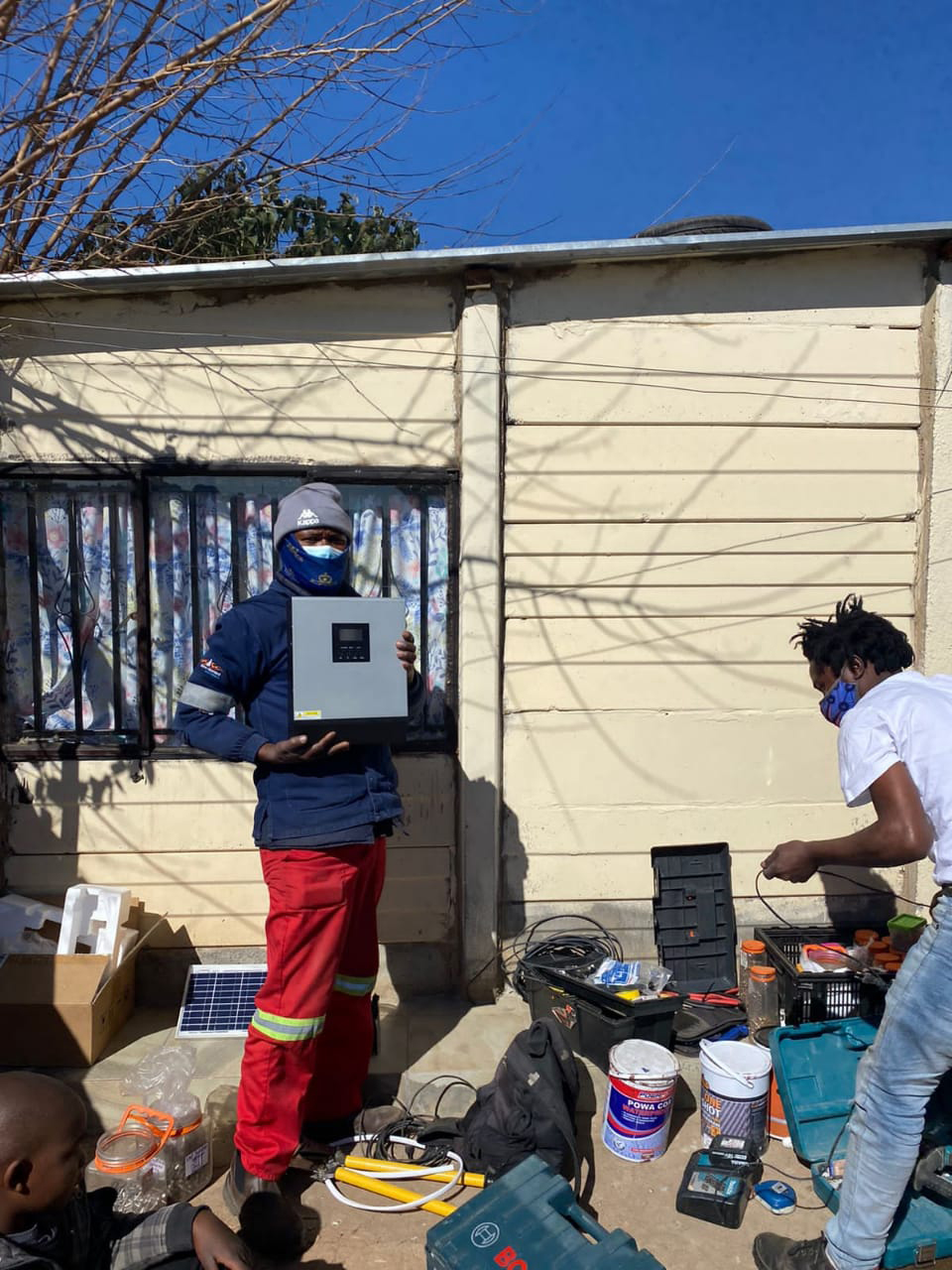
The day Cleopatra Shezi’s solar power system was installed at her home. (Photo: Cleopatra Shezi)
Shezi says that during blackouts some of her family and friends who are working from home charge their phones or laptops at her house.
She would love her entire community to have access to renewable energy, and believes that if they had solar power, residents would make an effort to protect the infrastructure. “There won’t be a theft of cables and other things. Because as the communities, we are the ones who must make it a point that we protect and we look after that solar block.
“Because with these green boxes, even though I see people in a box, I’m not interested in what they are doing. Why must I protect it in the first place? Because I’m not the main beneficiary of it. Instead it’s ripping me off.”
In an effort to make electricity more affordable, to get residents to pay and to reduce cable theft, Eskom introduced a Smart Prepaid Split Meters Programme which lets residents control and monitor the amount of electricity they use and pay for.
However, residents don’t seem happy with it.
Senate Hadebe, Shezi’s friend and neighbour and secretary of their informal community group, admitted the prepaid system is not working. He says it’s too expensive and the power doesn’t last long.
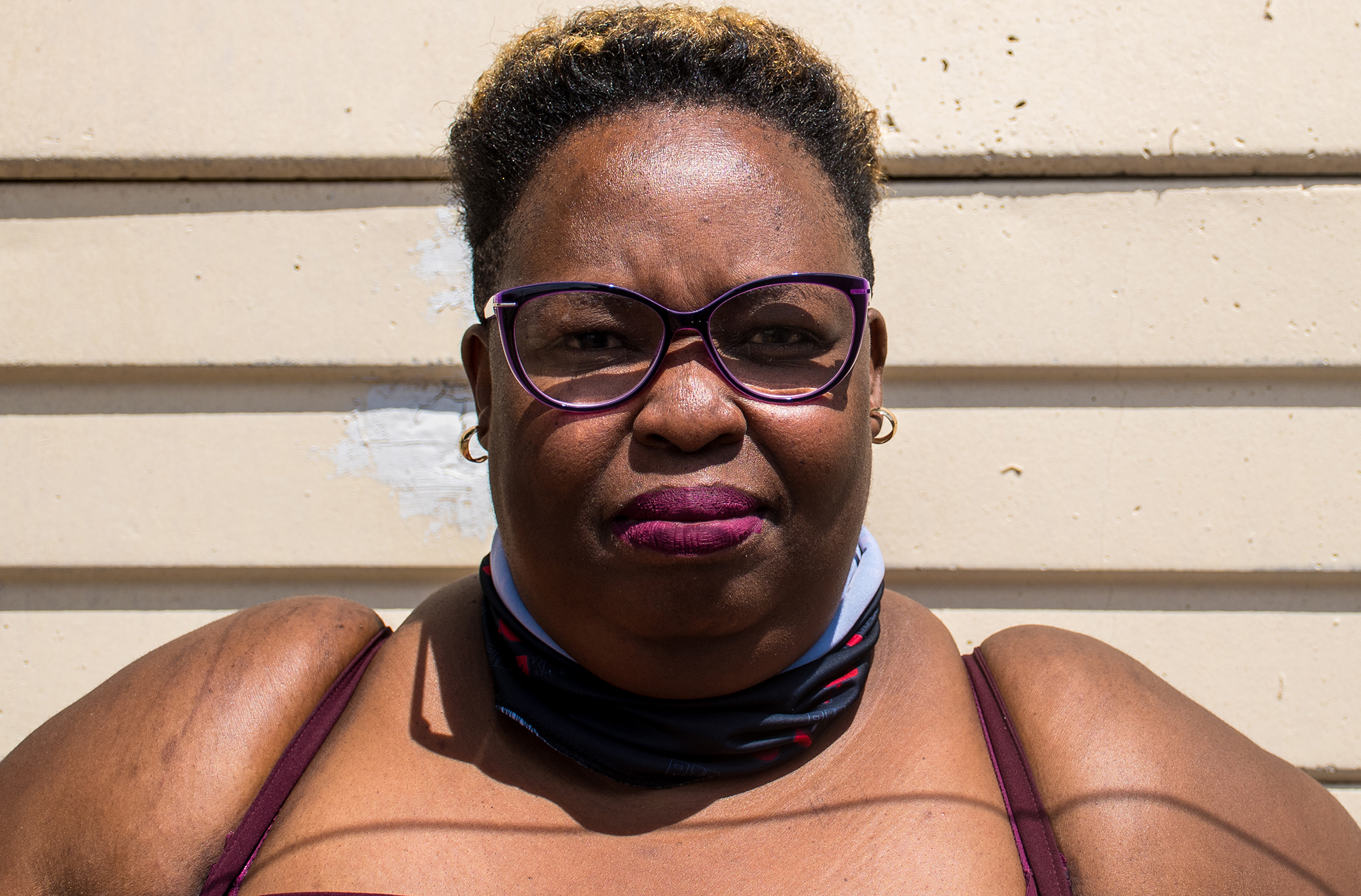
Cleopatra Shezi has lived in Soweto her whole life and is part of the Green New Eskom Campaign. (Photo: Julia Evans)
“There are families who go to bed hungry, almost every day,” says Shezi, “And we ask ourselves, if this person can’t even afford a half loaf of bread, where are they going to get the money for electricity?”
Eskom spokesperson Sikonathi Mantshantsha said the utility does not subsidise electricity for any of its customers, but the government has an initiative offering free basic electricity to indigent households.
In addition, Shezi says Eskom didn’t involve residents when considering this prepaid system. She feels it was forced onto them, without any explanation of how it works.
Consequently, many residents, in defiance or because they cannot afford it, had resorted to illegal cable connections, which leads to debt.
In her area, Shezi says, less than 20% of people pay for electricity through the prepaid system.
“I just decided… let them cut us off, we will reconnect ourselves,” she adds.
However, Shezi finds it disrespectful that Sowetans are blamed for the electricity crisis and are seen as thieves, since they never asked for the prepaid system, which is a rip-off.
And on top of the high cost, there were many days in Soweto when the power was simply cut off.
“They just turn off the electricity… we’ll just be sitting here with electricity, and boom, it’s gone,” says Hadebe. “And there’s no notification that the electricity will be gone by this time and come back by this time.”
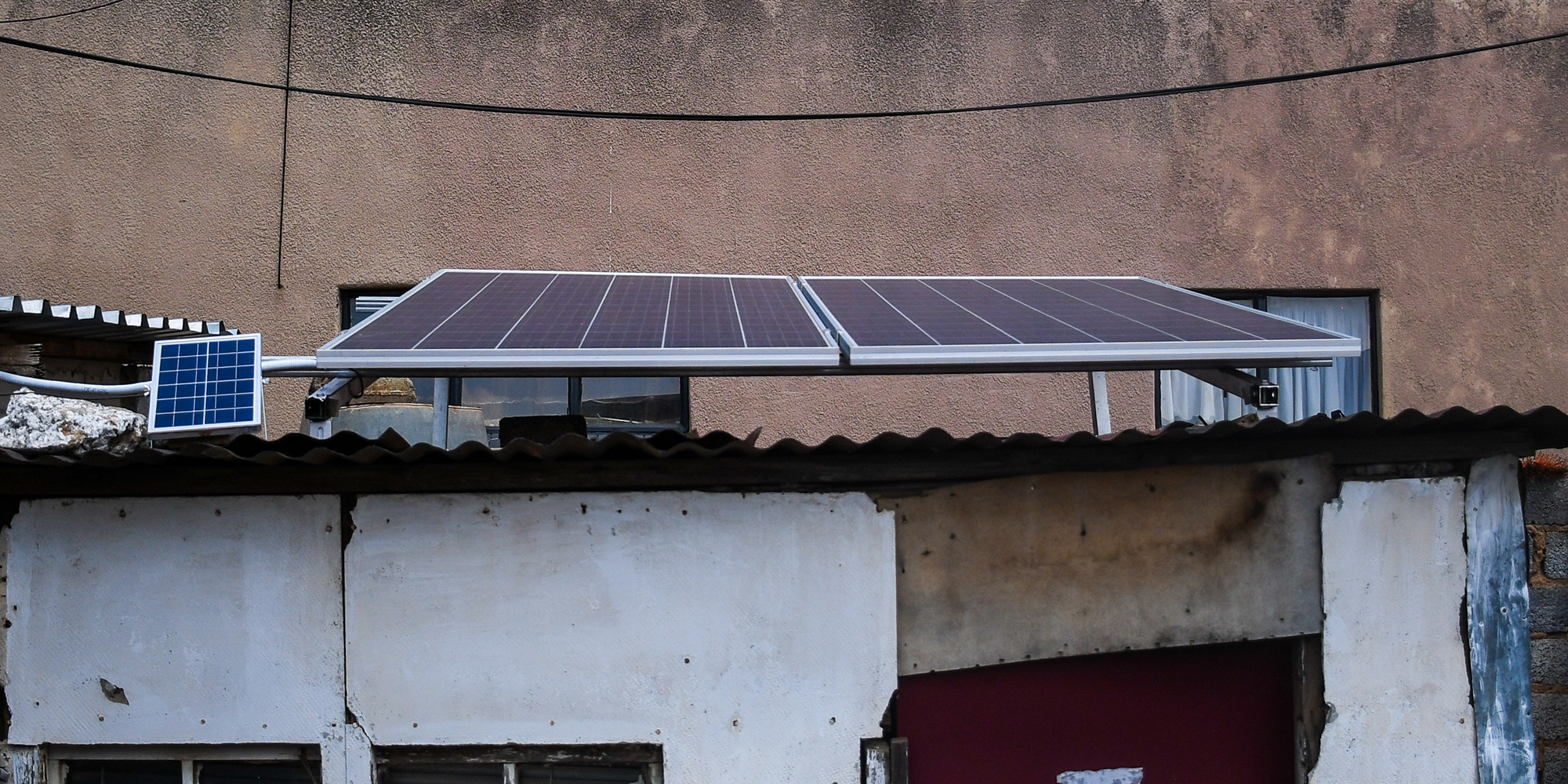
Cleopatra Shezi’s solar panels at her property in Soweto, paid for by a local solar panel installation contractor who is also a fellow climate justice activist. (Photo: Julia Evans)
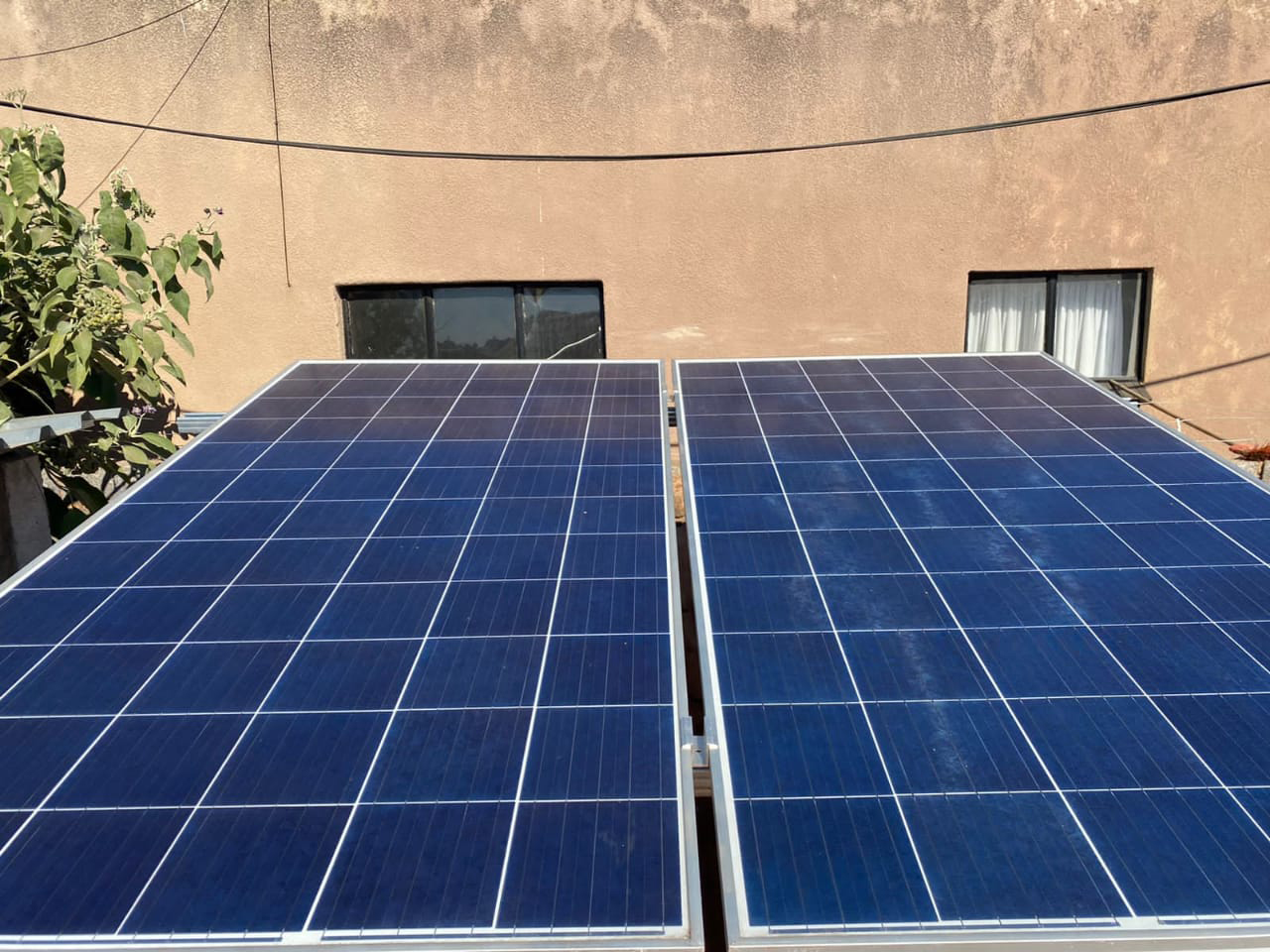
Cleopatra Shezi’s solar panels mean she avoids blackouts. (Photo: Cleopatra Shezi)
The blackouts occurred often, especially in winter, for a few hours and sometimes for two or three days.
A few months ago Eskom initiated a load reduction in several provinces.
Mantshantsha told Our Burning Planet: “While the objective of the load reduction initiative was to protect the frequent failure of the network equipment such as transformers and mini-substations due to overloading, there are areas where we are seeing promising improvement in the payment levels notwithstanding there is still a very high number of customers that are not buying or paying for electricity.”
The Sunday Times reported in September that residents of Chiawelo, Soweto, frustrated by a blackout, gathered outside the home of President Cyril Ramaphosa’s sister to protest about the Soweto electricity crisis.
Hadebe says they are fortunate in Diepkloof because the power cuts never last more than a week, which is not the case in the rest of Soweto.

Senate Hadebe, Cleopatra Shezi’s neighbour and secretary of their informal community group. (Photo: Julia Evans)
Residents of Sun Valley in Pimville have been without power for more than a year owing to failed infrastructure, despite the problem having been reported to the municipality and Eskom.
“They don’t listen to our grievances,” says Shezi. “What makes me angry is that Sun Valley is a very old location. Most of the owners of those houses are grandparents and most of their children no longer stay there.”
In February 2021, an elderly lady suffered third-degree burns to her face from using a paraffin stove.
Shezi says that after that incident her community had to help her out, and the municipality did nothing.
“If Eskom and our government don’t care about people’s lives and only care about making a profit, where is ubuntu? When are we going to practise ubuntu before profit and before being selfish?”
In response to Ramaphosa’s promise that Eskom would take action in Soweto, Mantshantsha said the utility installed two mini-substations at the hostels in Chiawelo and Protea Glen and was installing another in Pimville.
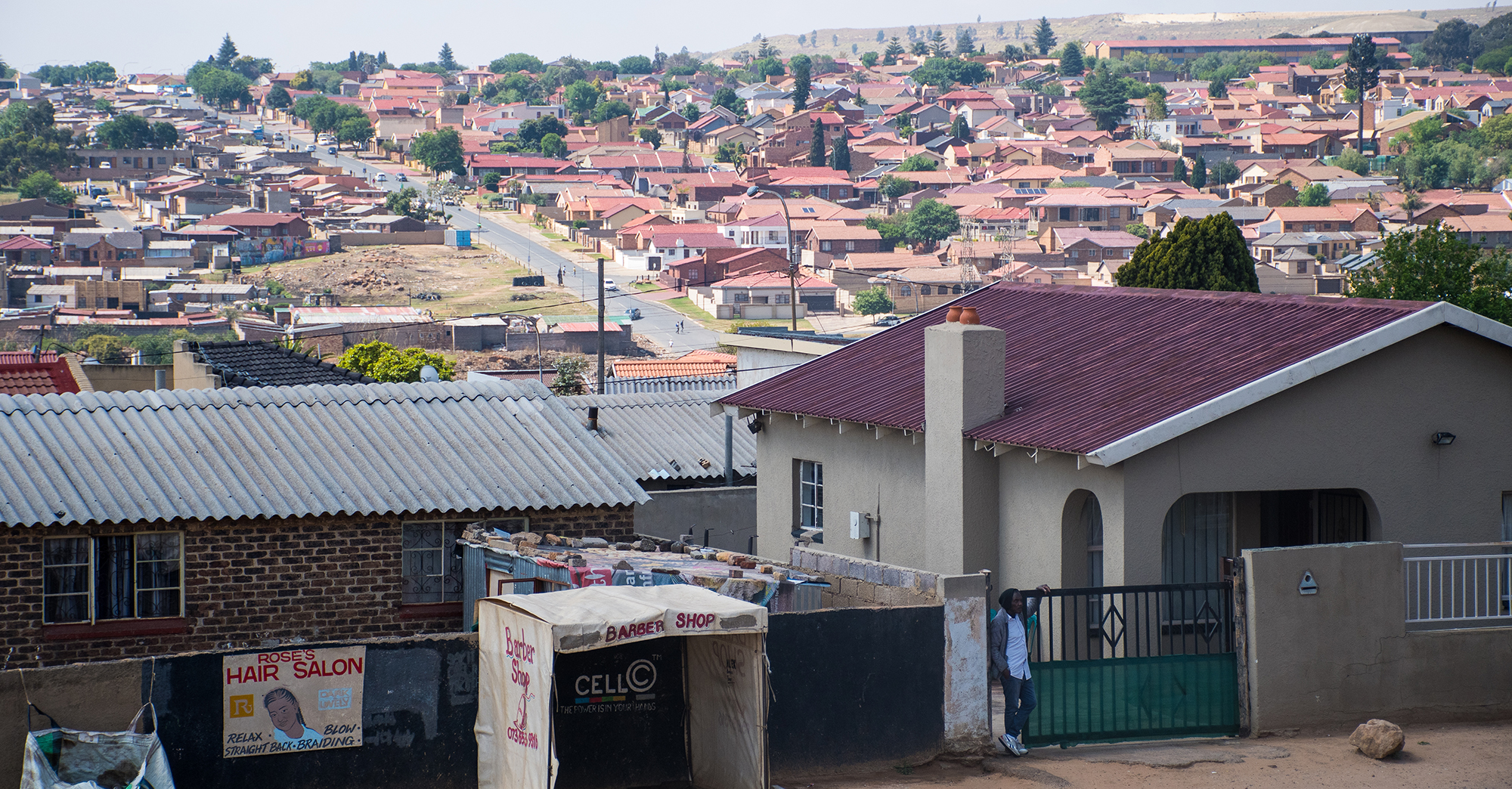
Most residents in Diepkloof, Soweto say they can’t afford electricity. (Photo: Julia Evans)
“Supply could not be restored at Nomzamo as the completion of the work is hampered by the community of Orlando East Boom Town who are denying Eskom access into Nomzamo,” said Mantshantsha. “The Boom Town community wants supply to be restored in their areas first before supply can be restored in Nomzamo.”
Even if the rest of Soweto’s debt was wiped, illegal cable connections would continue because people are dissatisfied with the current system and cannot afford to pay.
A clear solution, in line with South Africa’s needs to prevent global heating, would be to swiftly transition to renewable energy.
Renewable energy is better than coal, in every regard
The popular arguments for continued use of coal are that it’s cheaper than renewables, that people who work in that industry are dependent on it for their livelihoods, and that coal-fired power stations have a “baseload”, which means they continuously provide power, not intermittently like solar or wind.
However, many experts on renewables have disputed these arguments.
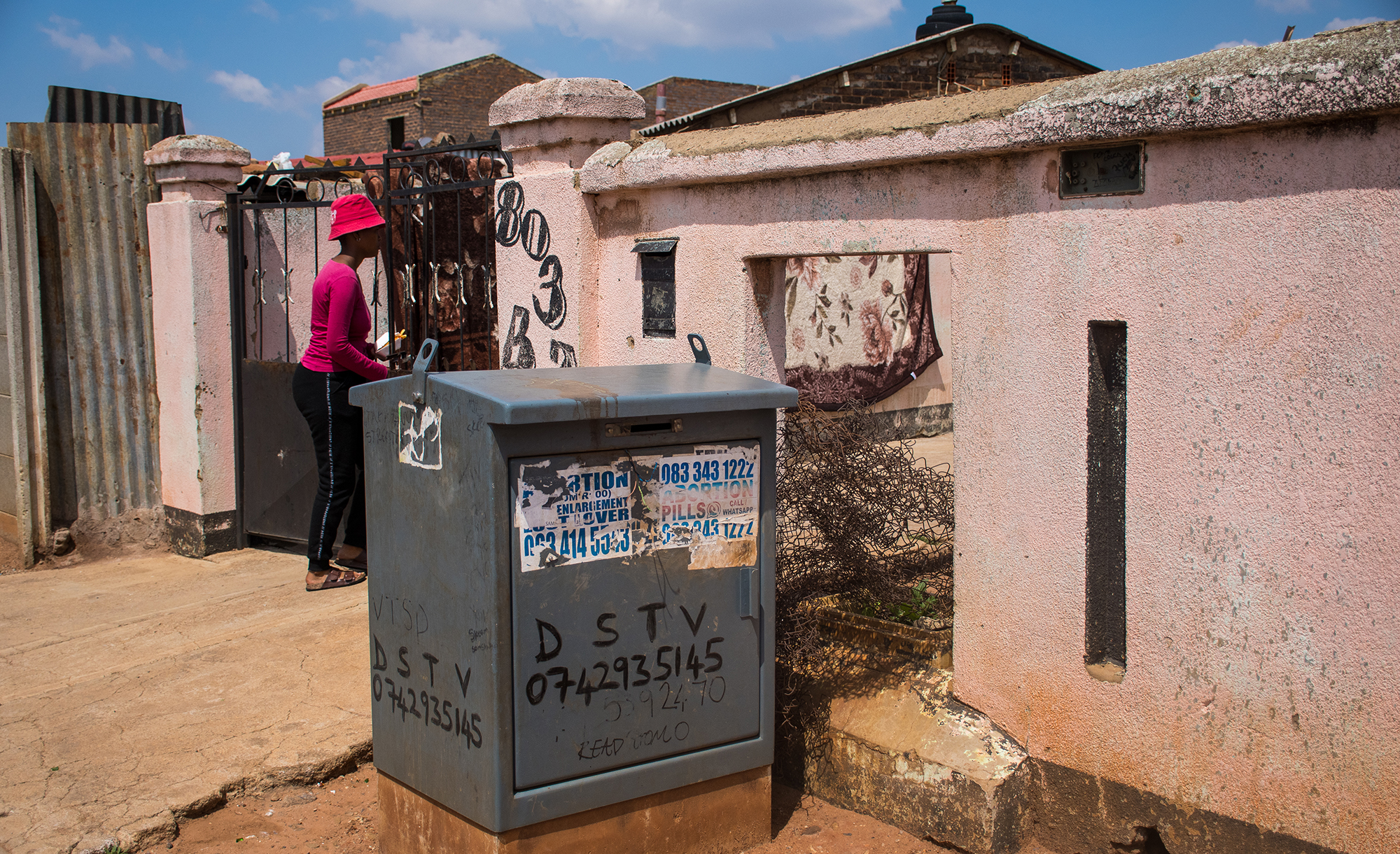
The green electricity box on Cleopatra Shezi’s street in Soweto. (Photo: Julia Evans)
A report by the Energy Systems Research Group (ESRG) released in August 2021, which draws on the latest available data and science, shows that renewable energy is cheaper than coal, creates more jobs and increases GDP.
The government’s Integrated Resource Plan (IRP), last updated in 2019, includes provisions for 1,500MW of new coal capacity in the final policy-adjusted scenario.
The ESRG report found that building this 1,5000MW would not only increase greenhouse gas emissions, but drive up average electricity costs by 0.5% to 3.5% (against a scenario in which South Africa takes steps to align with global goals of limiting global warming below 2°C above pre-industrial levels).
The report says that at the last auction under the Renewable Independent Power Producer Programme (REIPPP), renewables were about 60% cheaper than new coal plants.
In 2016, project developers were paid R0.62 per kilowatt hour for wind and solar, whereas the tariff for the coal independent power producers was R1.03.
The report also states that the shift to renewable energy would have a positive impact on real GDP – a gain in the range of 5% to 6% by 2050.
Finally, using reported job numbers from the REIPPP, the IRP and Eskom, more jobs would be created per unit of electricity from wind and solar than from coal.
The report states: “In effect, South African users of electricity are being asked to pay more for electricity that increases emissions of air pollutants and greenhouse gases compared to a scenario where the South African government commits to no new coal plants.”
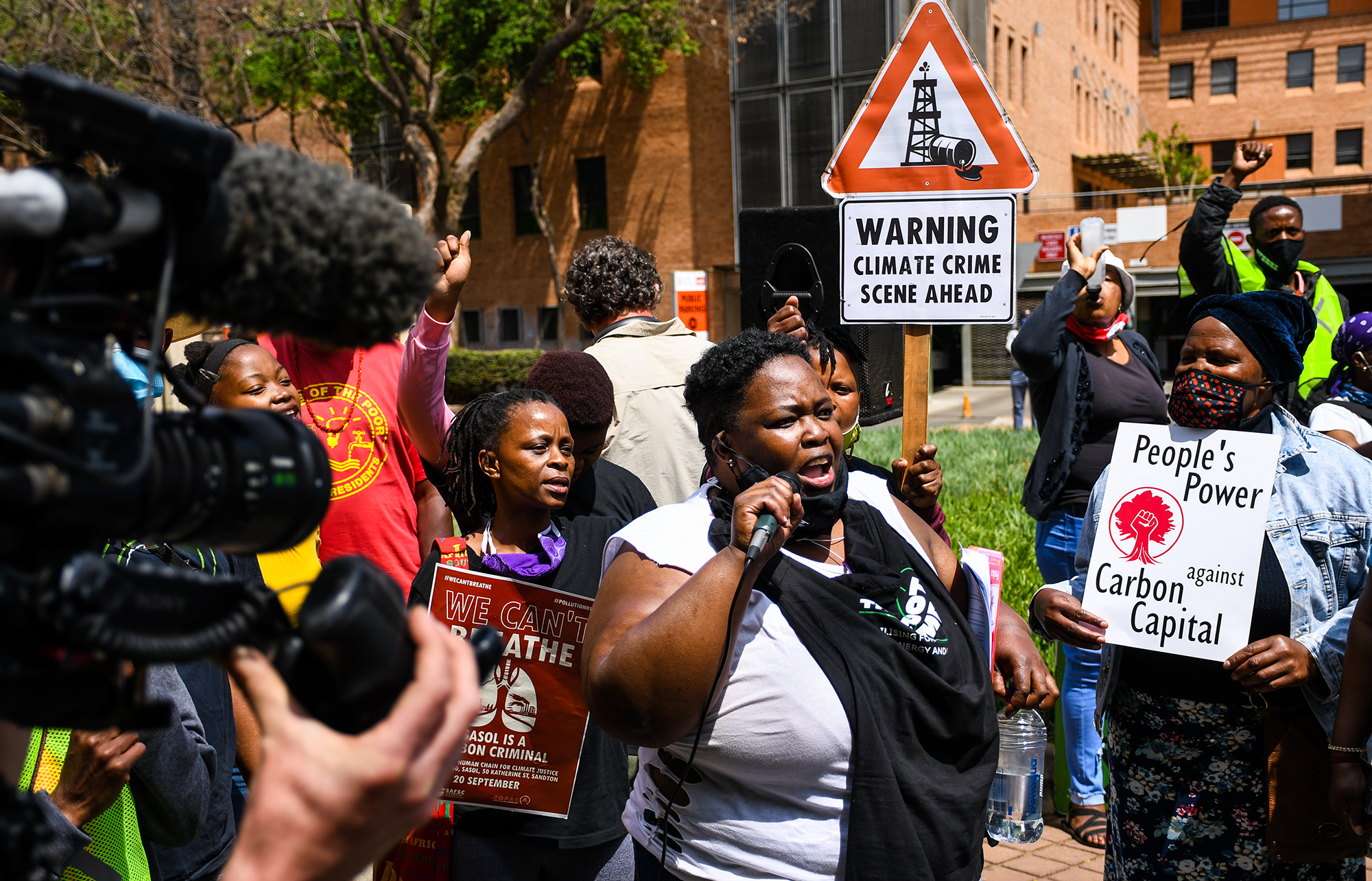
Cleopatra Shezi addresses the crowd at the #UprootTheDMRE protest outside the national DMRE building in Tshwane on 22 September 2021. (Photo: Julia Evans)
Professor Nicholas King, an environmental futurist, global change analyst and strategist, told Our Burning Planet South Africa has some of the highest potential for renewables in the world.
The main reason it’s affordable is that it’s a new technology, so unlike coal, which is quickly approaching its end of life, we aren’t digging for exhausted resources, he said.
“With coal and oil, or gas, fossil fuels… most of the low-hanging fruits have long been mined out and utilised and burned. So it just gets more and more expensive to utilise fossil fuels.
“All massive infrastructure [has] an end of life. So virtually all of our coal-fired power stations – bar Madupi and Kasilie – are reaching end of life in the next five, 10, 20 years.
“So, you’re going to have to invest anyway in massive energy infrastructure. So why not do it with the best, cheapest, least-cost technology, which is becoming cheaper over time, and can be distributed and not having to be dependent on centralised utilities?”
Eskom agrees.
Mantshantsha said: “Indications are that the pricing of the latest REIPPP rounds (for solar PV and wind energy) is now cheaper than Eskom’s average cost of supply.
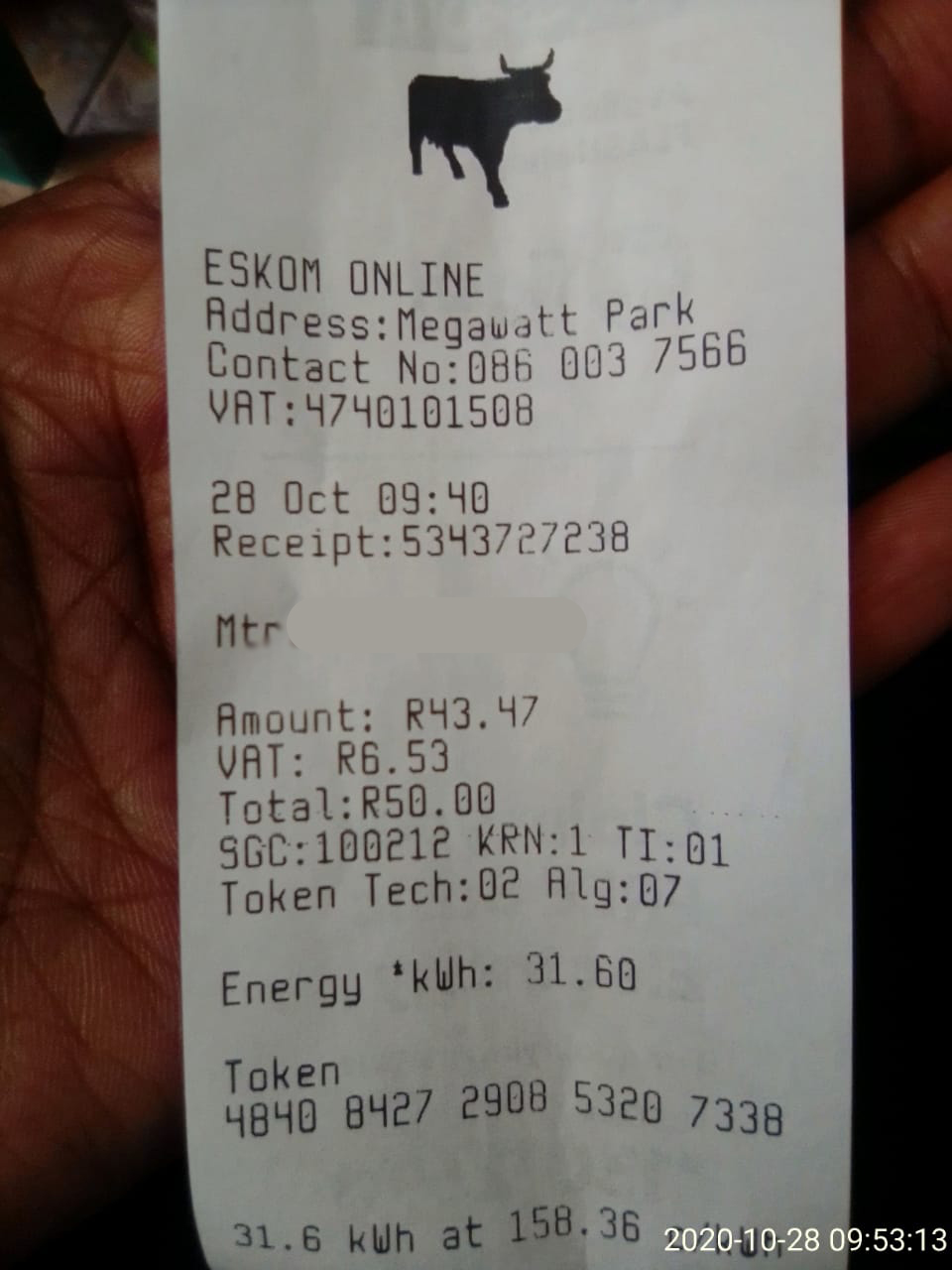
A receipt from Eskom’s prepaid electricity system before Cleopatra Shezi moved to solar. (Photo: Cleopatra Shezi)
“This lower cost is passed on to the end customers through the Nersa-approved electricity tariffs. It is also important to note that the increasing intermittency of renewable energy is supported by Eskom’s dispatchable capacity.
“Eskom is already offering affordable renewable energy to the end customer [and] piloting a renewable energy tariff to assist customers in delivering on their renewable energy commitments.”
Eskom does have a plan to invest in renewables in addition to IPPs, but includes gas – 4GW of gas versus 3GW of renewables from 2022 to 2025.
So, why aren’t we doing it?
Well, it’s complex.
Alex Lenferna, secretary of the Climate Justice Coalition, told Our Burning Planet there are several reasons.
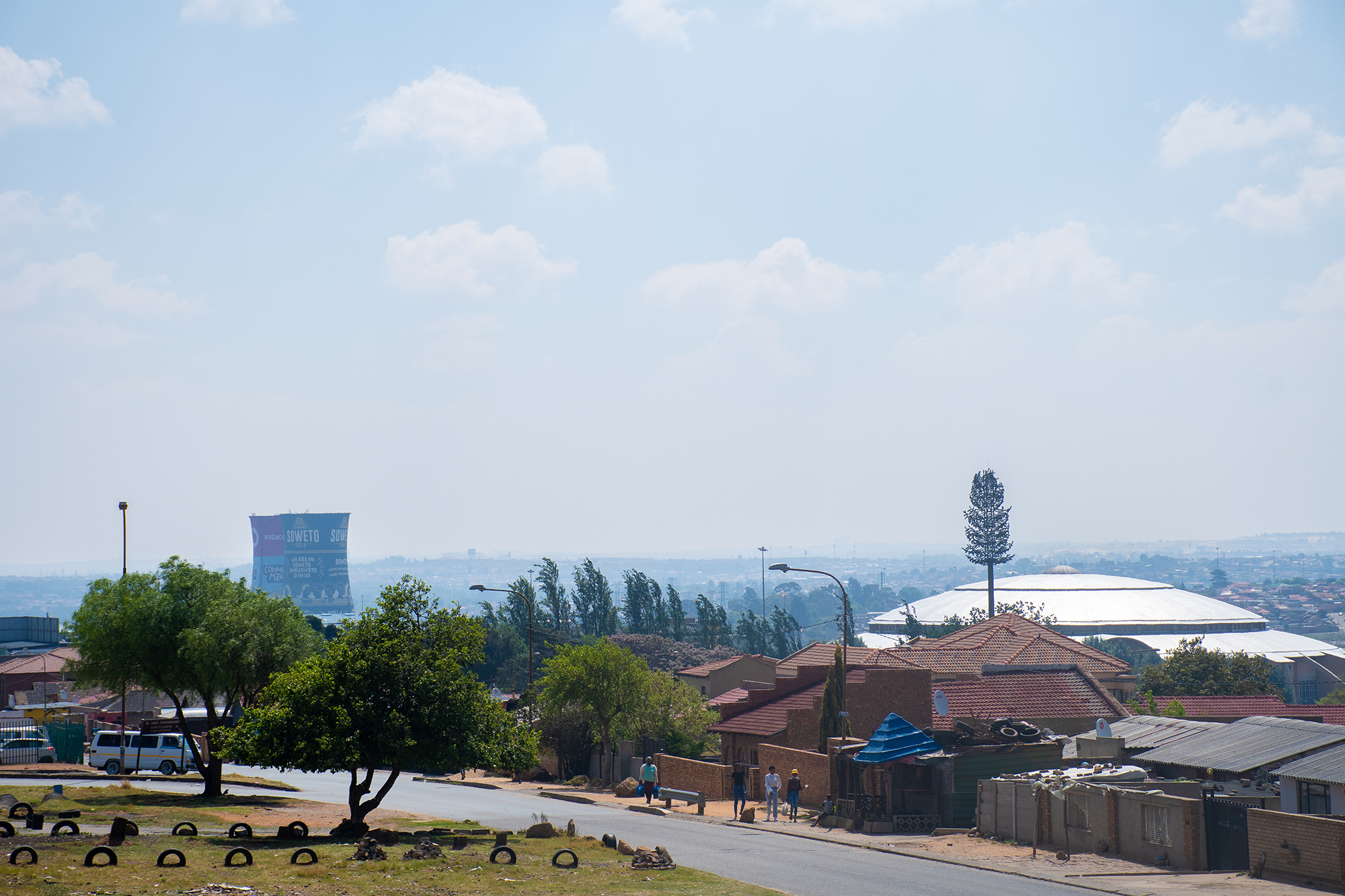
Soweto residents’ debt to Eskom stands at more than R7-billion. (Photo: Julia Evans)
On the large scale, the 2018 IRP has constraints on how many renewables we can implement in our energy sector.
And even within those constraints, we haven’t been able to implement more renewable projects because the Department of Mineral Resources and Energy (DMRE) has stalled the bid window for the REIPPP, which means companies haven’t been able to bid for new large-scale renewable energy projects since 2016.
“I think at every level on the policy front, we really are inhibiting the transition to renewables, even though it’s quite clear that renewables are cheaper at all levels,” says Lenferna.
“So, the obstacles are not so much economic, but very much political and policy driven. And I think it’s hard not to conclude that the reason we’re not moving is because of vested interests in the DMRE [that] want to keep us locked into coal, even if it means continued load shedding, even if it means, you know, continued pollution and energy dysfunction.”
King agreed that it was down to vested interests in the coal sector.
“This has got really nothing to do with technology. It’s got to do with economics and politics, really.”
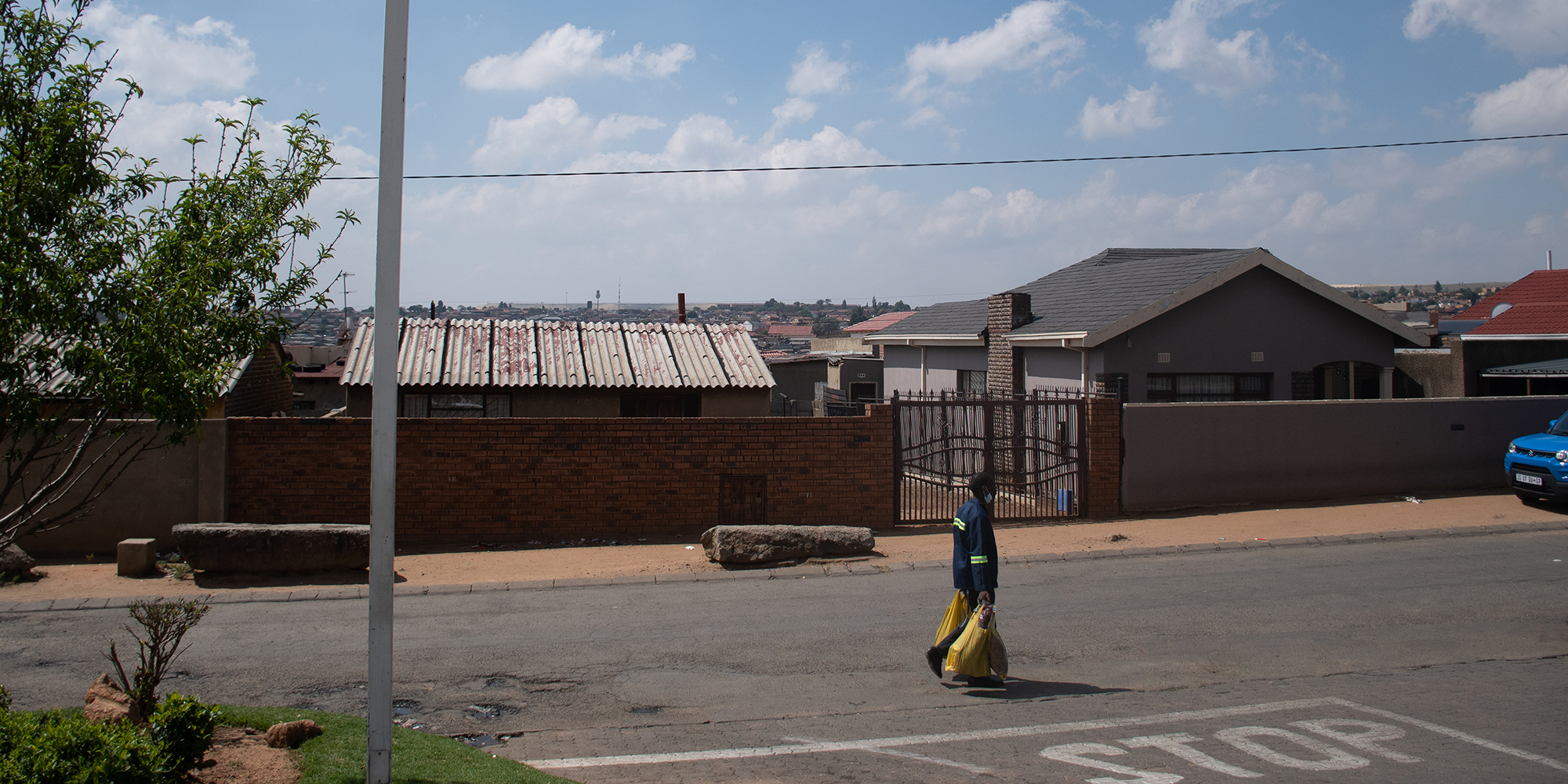
A 2016 survey found 7.3% of people in South Africa do not have access to electricity. (Photo: Julia Evans)
Vested interests or not, if we continue relying on coal for energy and limit renewable potential, the planet will continue heating above recommended levels, electricity tariffs will continue to rise, and many people, like those in Soweto, will be unable to afford what is considered a basic human right.
Shezi says: “For as long as they are still using the very same system to generate energy and don’t want to include us as the end users of energy in decision-making… they will still have a standing problem of people stealing the energy.” DM/OBP











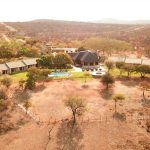









 Become an Insider
Become an Insider
This installation was the work of @sunnyboymorgan
A great article- renewables the way to go- cost effective, energy effective and clean unlike coal!
But for some reason, Mantashe is set on coal. What is he getting?
The basic problem is one of economics. Renewables are cheaper when the sun is shining and the wind is blowing, however the rest of the time you either need to use storage, which is still expensive, or the grid, which is still relatively inexpensive. It will change but it’s going to take some time. Time of use tariffs will help to accelerate the change.
Cleopatra was lucky – her prepaid cost R50 for 31.60kWh or 158c
I pay 239c per kWh and R945 per month before my first kWh. I doubt she pays a fixed fee?
I have solar so if I use 750kWh per month from the grid then I am actually paying 365c per kWh.
Go onto prepaid. I also run mostly on solar but I generally buy R500 worth from Joburg Citipower (256 kw/h) which generally lasts me a month. No other charges.